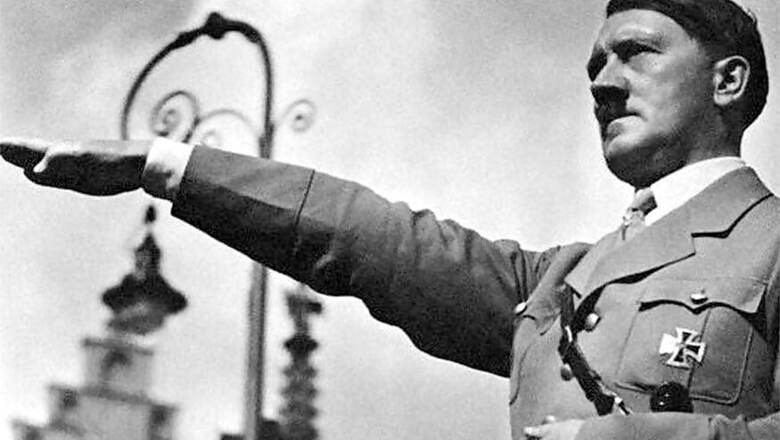
views
Berlin: Over 300 tissue samples from people killed by the Nazi regime and kept by a Berlin doctor will be laid to rest in a ceremony in Berlin on May 13, 74 years after the end of World War Two, Bild am Sonntag newspaper reported on Sunday.
The tiny samples were discovered in 2016 in the estate of anatomy professor Hermann Stieve from the University of Berlin, who had received the bodies of German anti-Nazi fighters for dissection, sometimes just minutes after they were killed at the Berlin-Ploetzensee prison.
Stieve, who died of a stroke in 1952, dissected the bodies of the mostly female victims for his research and then had them cremated and interred, sometimes in mass graves.
The samples — most less than a millimetre long — were found in small black boxes, and some were labelled with the names of the victims, Bild am Sonntag reported.
They were found in Stieve's estate by his heirs and given to Berlin's Charite hospital, which commissioned a study by Johannes Tuchel, director of the Berlin-based Memorial to the German Resistance, a copy of which was obtained by Bild.
"We have discovered that (Stieve) systematically aided the (Nazi) Reich Justice Ministry in obliterating the tracks of these criminal acts," Tuchel told the newspaper.
Tuchel's research showed that Stieve had a driver pick up the bodies of resistance fighters at the prison, and that he had a particular interest in the bodies of young women, since he was researching menstruation. His driver used a wrench to remove any gold fillings from the bodies, the report found.
The doctor kept meticulous records of 184 autopsies he conducted, of whom 172 were women. Stieve dissected 13 of the 18 women decapitated by the Nazis for their work in the "Red Chapel" resistance group, the newspaper reported.




















Comments
0 comment